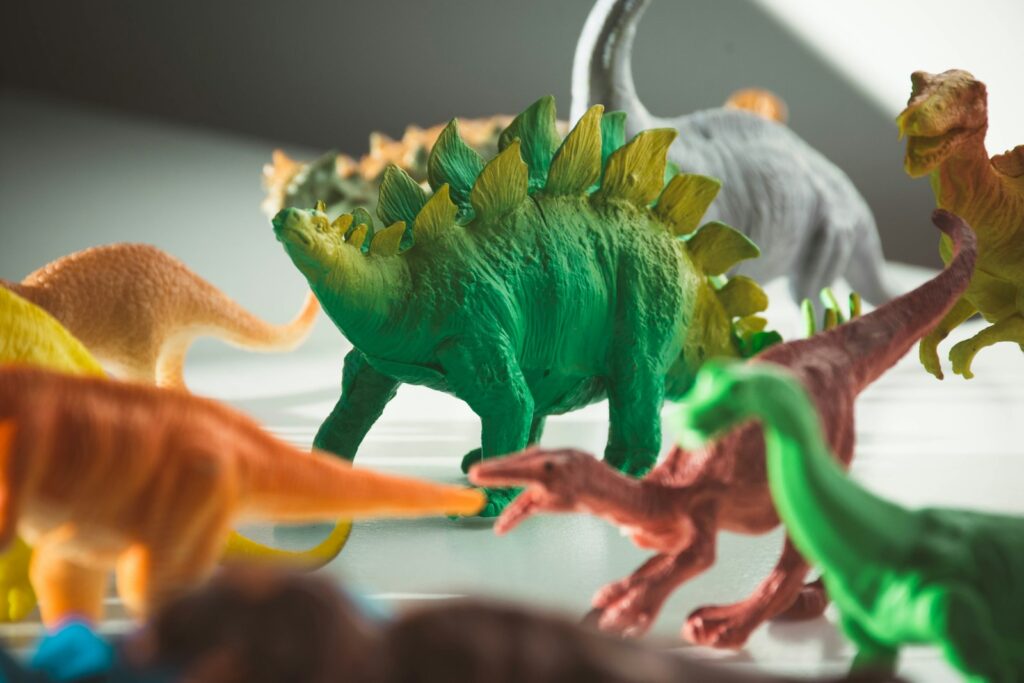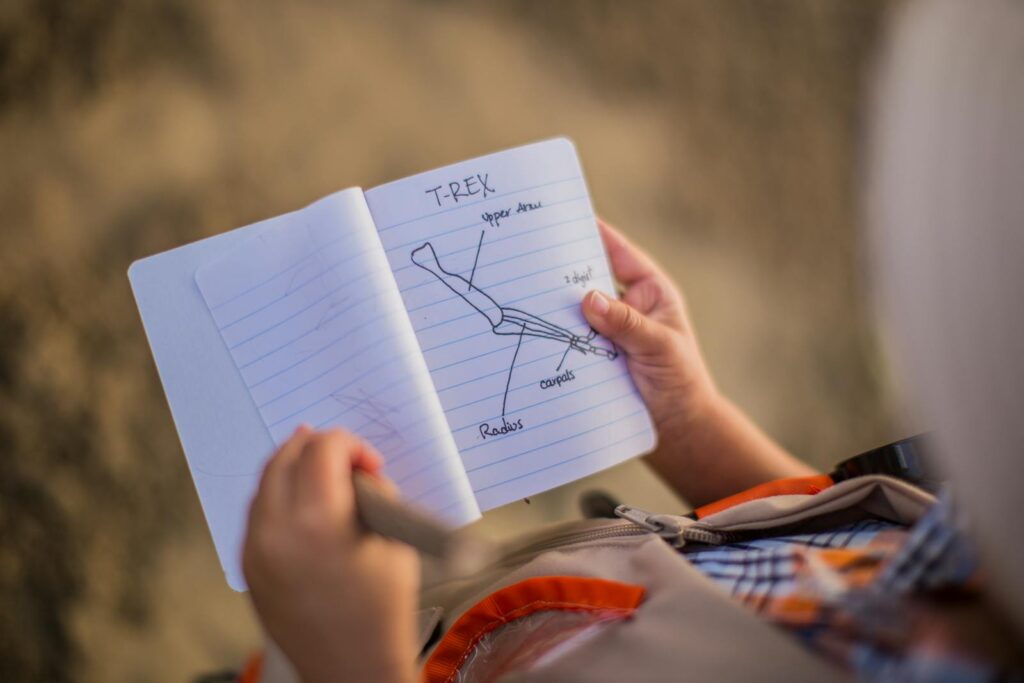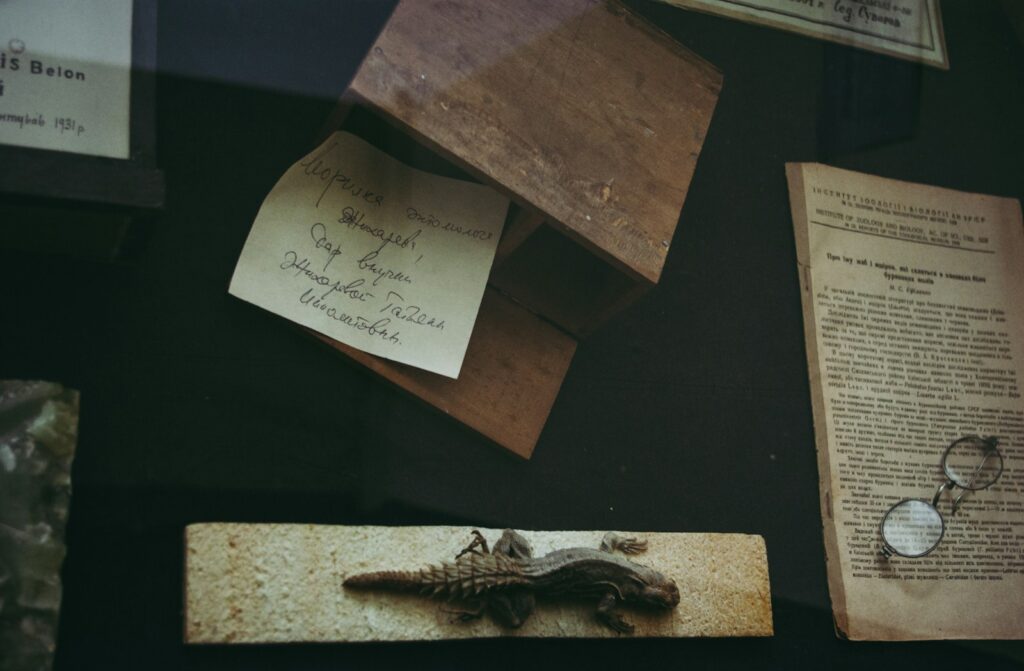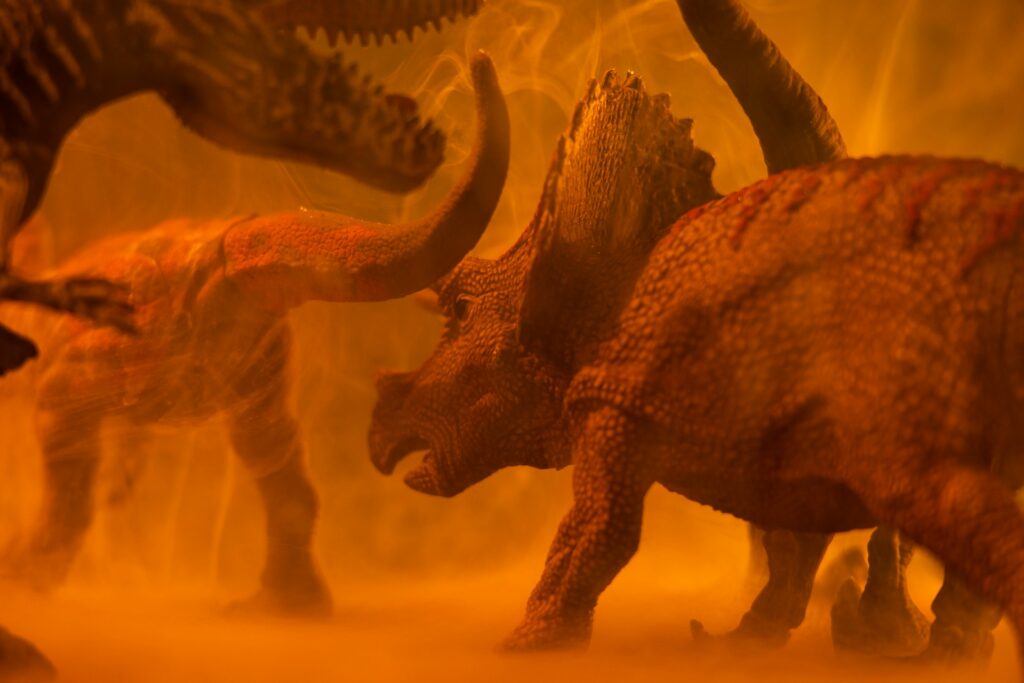Dinosaurs have captivated human imagination since the first fossils were scientifically recognized in the early 19th century. These magnificent prehistoric creatures continue to inspire wonder, curiosity, and a sense of awe across generations. Whether you’re a parent hoping to nurture your child’s interest in paleontology or an adult looking to rekindle your own fascination with these ancient beasts, dinosaur books offer a gateway to a world that existed millions of years ago. The following guide highlights some of the most engaging, scientifically accurate, and visually stunning dinosaur books available today, catering to readers of all ages and knowledge levels.
Understanding the Enduring Fascination with Dinosaurs

The allure of dinosaurs transcends age barriers, captivating toddlers and scholarly adults alike with their mysterious existence and dramatic extinction. This universal appeal stems partly from the perfect blend of scientific fact and imaginative reconstruction that dinosaurs represent—they were undeniably real yet remain just beyond the reach of direct human experience. For children, dinosaurs often represent their first encounter with scientific concepts like evolution, extinction, and geological time scales, presenting complex ideas in forms as tangible as a T. rex’s fearsome teeth or a Brachiosaurus’s impressive neck. Adults, meanwhile, find in paleontology a field that continues to evolve, with new discoveries regularly challenging established theories and igniting fresh debates. The dinosaur’s position at this intersection of science and imagination explains why quality dinosaur literature continues to thrive across all age categories.
Picture Books for the Youngest Dinosaur Enthusiasts

For children just beginning their dinosaur journey, illustrated picture books provide an ideal introduction to prehistoric life. “Dinosaur Roar!” by Paul and Henrietta Stickland offers simple, rhyming text paired with vibrant illustrations that highlight contrasting dinosaur characteristics—perfect for developing vocabulary in preschoolers while maintaining scientific integrity. “How Do Dinosaurs Say Goodnight?” by Jane Yolen and Mark Teague combines bedtime routines with dinosaur facts, cleverly inserting real dinosaur names and accurate depictions into a story young children can relate to. “Dinosaurumpus!” by Tony Mitton creates an engaging rhythmic text about dinosaurs dancing, with each species illustrated accurately enough to be recognizable while remaining accessible to young readers. These titles expertly balance entertainment with educational content, using engaging narratives to capture attention while subtly introducing scientific terminology and concepts appropriate for developing minds.
Early Reader Books That Combine Facts and Fiction

As children develop reading skills, books that blend narrative storytelling with factual information provide an engaging bridge to more complex paleontological concepts. The “Magic School Bus: In the Time of Dinosaurs” by Joanna Cole offers an adventurous fictional framework while delivering substantial scientific content about different dinosaur periods and species. “Captain Raptor and the Space Pirates” by Kevin O’Malley presents an imaginative science fiction world where dinosaurs evolved into an advanced civilization, but maintains accurate dinosaur anatomy and includes factual back matter. National Geographic’s “Little Kids First Big Book of Dinosaurs” strikes an effective balance between accessibility and scientific accuracy, with age-appropriate text and stunning illustrations depicting dinosaurs in their natural habitats. These hybrid approaches maintain children’s engagement through storytelling while incrementally increasing the density of factual content, preparing young readers for more information-heavy texts as their interest and reading abilities develop.
Middle-Grade Reference Books for Serious Young Paleontologists

For children aged 8-12 who have developed a serious interest in dinosaurs, comprehensive reference books offer deeper engagement with paleontological concepts. “The Dinosaur Book” by DK Publishing stands out with its stunning photography of fossils alongside detailed computer-generated images of dinosaurs based on current scientific understanding. Smithsonian’s “Super Dinosaur Encyclopedia” excels in contextualizing dinosaurs within their ecosystems, explaining not just what dinosaurs looked like but how they lived and interacted with their environments. “Dinosaurs: A Visual Encyclopedia” by DK incorporates recent discoveries and presents information in accessible chunks with visual aids that help children comprehend scale, diet, and habitat differences. These reference books typically include timelines, size comparisons, and pronunciation guides that equip young enthusiasts with tools to discuss their dinosaur knowledge confidently, while their detailed illustrations satisfy the visual curiosity that often accompanies deep interest in the subject.
Narrative Non-Fiction Dinosaur Books for Teens

Teenage dinosaur enthusiasts gravitate toward narrative non-fiction that places paleontological discoveries within their human and historical contexts. “The Rise and Fall of the Dinosaurs” by Steve Brusatte, adapted for young adults, chronicles the entire dinosaur saga from their humble beginnings to their dramatic extinction, interweaving the history of dinosaur discovery with cutting-edge science. “Grave Secrets of Dinosaurs” by Phillip Manning takes readers on paleontological expeditions, detailing the scientific detective work involved in interpreting fossils and reconstructing prehistoric lives. “Dinosaurs Without Bones” by Anthony J. Martin explores ichnology—the study of tracks, burrows, and other trace fossils—revealing how dinosaur behavior can be deduced from evidence beyond skeletal remains. These books engage teens through storytelling techniques while introducing more sophisticated scientific concepts and methodologies, often highlighting controversies and uncertainties in paleontology that demonstrate science as an ongoing process rather than a static collection of facts.
Academic Texts for Adult Dinosaur Enthusiasts

Adult readers seeking comprehensive, scientifically rigorous dinosaur literature have excellent options that don’t require paleontology degrees to appreciate. “The Complete Dinosaur” edited by Michael K. Brett-Surman, Thomas R. Holtz Jr., and James O. Farlow offers exhaustive coverage of dinosaur biology, evolution, and research methodologies in chapters written by leading experts but edited for accessibility. “Dinosaur Paleobiology” by Stephen L. Brusatte dives deep into how paleontologists reconstruct dinosaur lives from fossil evidence, discussing biomechanics, growth patterns, and evolutionary relationships. “The Princeton Field Guide to Dinosaurs” by Gregory S. Paul stands out for its detailed anatomical illustrations and comprehensive species accounts, functioning both as a reference work and an art book for enthusiasts. These texts assume minimal prior knowledge while refusing to oversimplify complex topics, making them ideal for adult readers who want substantive engagement with current paleontological understanding without the specialized vocabulary of peer-reviewed journals.
Dinosaur Field Guides for Practical Knowledge

Field guides offer practical knowledge for dinosaur enthusiasts planning museum visits or fossil-hunting expeditions. “Dinosaurs of the British Isles” by Dean Lomax provides detailed information about UK dinosaur discoveries, perfect for British fossil hunters or visitors to British natural history museums. “A Field Guide to Dinosaurs of North America” by Bob Strauss offers region-specific information about dinosaur species that once roamed different parts of the continent, enhancing appreciation of local natural history. “Dinosaurs: The Most Complete, Up-to-Date Encyclopedia for Dinosaur Lovers of All Ages” by Thomas R. Holtz Jr. functions as both reference book and field guide with its comprehensive coverage and practical advice for museum visits. These guides typically include maps of significant fossil sites, highlights of major museum collections, and guidance on interpreting fossil displays, transforming passive observation into active learning experiences whether in formal exhibits or on amateur fossil-hunting excursions.
Illustrated Encyclopedias for Visual Learners

Visual learners of all ages benefit from richly illustrated dinosaur encyclopedias that emphasize artistic reconstructions based on current science. “Dinosaur Art: The World’s Greatest Paleoart” edited by Steve White showcases work by leading paleoartists who collaborate with scientists to create scientifically informed visual interpretations of dinosaurs. “The Princeton Field Guide to Dinosaurs” by Gregory S. Paul merits mention in this category as well for its hundreds of precise skeletal drawings and life reconstructions that set industry standards for accuracy and detail. “Dinosaurs: The Grand Tour” by Keiron Pim features illustrations by Fabio Pastori that evoke the dinosaurs’ world with atmospheric detail while maintaining scientific integrity. These visual resources acknowledge the speculative nature of dinosaur reconstructions while explaining the evidence behind artistic choices, such as fossil skin impressions informing texture and color schemes or comparative anatomy suggesting muscle placement and movement capabilities.
Books Focusing on Recent Dinosaur Discoveries

For readers who want to stay current with rapidly evolving paleontological knowledge, books dedicated to recent discoveries provide exciting updates to the dinosaur narrative. “The Dinosaur Artist” by Paige Williams, while primarily about the fossil trade, incorporates cutting-edge discoveries from Mongolia and their implications for our understanding of dinosaur evolution and behavior. “Why Dinosaurs Matter” by Kenneth Lacovara examines how recent fossil finds have transformed our understanding of dinosaur physiology, challenging long-held assumptions about these animals as slow, dim-witted creatures. “My Beloved Brontosaurus” by Brian Switek offers an engaging look at how dinosaur science has changed, including the reclassification of familiar dinosaurs and new evidence about feathers, colors, and social behaviors. These books capture the dynamic nature of paleontology as an active scientific field, highlighting how new technologies like CT scanning and molecular analysis continue to extract previously unobtainable information from fossil evidence.
Dinosaur Books That Highlight the Scientific Process

Books that emphasize the methods and evolution of paleontology itself provide valuable insight into how scientific knowledge develops. “The Fossil Hunter” by Shelley Emling chronicles Mary Anning’s groundbreaking 19th-century discoveries, illustrating how scientific understanding builds over time and how social factors influence scientific recognition. “Dinosaurs Rediscovered” by Michael J. Benton explains how technological advances from CT scanning to molecular analysis have revolutionized our ability to interpret fossil evidence, demonstrating science as a process of continuous refinement. “The Dinosaur Heresies” by Robert Bakker, though published decades ago, remains relevant for documenting the paradigm shift in dinosaur science that reconceptualized them as active, possibly warm-blooded animals rather than sluggish reptiles. These science-focused narratives demystify paleontological work while highlighting its intellectual excitement, showing how scientists develop and test hypotheses about creatures that left only partial physical evidence of their existence.
Books Exploring Dinosaur Extinction Theories

The dramatic end of the dinosaur era provides fertile ground for books examining one of Earth’s most significant extinction events. “The End of the Dinosaurs: Chicxulub Crater and Mass Extinctions” by Charles Frankel offers a comprehensive examination of the asteroid impact theory, including geological evidence and the immediate and long-term consequences for Earth’s ecosystems. “T. rex and the Crater of Doom” by Walter Alvarez provides a first-person account of developing the impact hypothesis that revolutionized scientific understanding of mass extinctions, combining personal narrative with accessible scientific explanation. “When Life Nearly Died: The Greatest Mass Extinction of All Time” by Michael J. Benton examines the Permian extinction preceding the dinosaur era alongside the Cretaceous extinction, providing context for understanding extinction mechanisms and recovery patterns. These specialized books explore complex geological and paleontological evidence while maintaining narrative momentum, helping readers comprehend both the scientific consensus around the asteroid impact theory and the continuing research into contributing factors like volcanic activity.
Books Connecting Dinosaurs to Modern Birds

The evolutionary connection between dinosaurs and modern birds represents one of paleontology’s most compelling narratives, explored in books that bridge prehistoric and contemporary biology. “The Rise of Birds: 225 Million Years of Evolution” by Sankar Chatterjee traces the evolutionary path from theropod dinosaurs to modern avian diversity, highlighting key anatomical transitions and adaptive innovations. “Feathered Dinosaurs: The Origin of Birds” by John Long presents fossil evidence for feathered non-avian dinosaurs, including spectacular Chinese discoveries that revolutionized our understanding of dinosaur appearance and physiology. “Flying Dinosaurs: How Fearsome Reptiles Became Birds” by John Pickrell examines the fascinating question of how ground-dwelling dinosaurs evolved into flying creatures, exploring theories about the origins of flight and the gradual acquisition of avian characteristics. These evolution-focused books help readers conceptualize the continuity of life across geological time, presenting dinosaurs not as extinct evolutionary dead-ends but as successful animals whose descendants still thrive around us.
Selecting the Right Dinosaur Book for Different Reading Levels

Choosing appropriate dinosaur literature requires considering both the reading ability and conceptual sophistication of the intended audience. For pre-readers and early readers, books with limited text and accurate illustrations provide engagement without frustration, while pronunciation guides for dinosaur names build confidence in engaging with scientific terminology. Elementary school children benefit from books that introduce classification systems and timeline concepts gradually, often using visual aids like branching evolutionary trees or comparative size charts that convey complex information visually. Teenagers respond well to books acknowledging scientific uncertainties and debates, which model critical thinking about evidence while satisfying their developmental need to question established knowledge. Adult readers typically appreciate books that connect dinosaur studies to broader themes in evolutionary biology or earth history, contextualizing specific dinosaur knowledge within larger scientific frameworks. Across all age groups, the best dinosaur books balance scientific accuracy with engaging presentation, recognizing that factual precision and narrative appeal are complementary rather than contradictory qualities in science communication.
Dinosaur literature continues to evolve as rapidly as our understanding of these fascinating prehistoric creatures. The best dinosaur books combine scientific accuracy with engaging presentation, whether through stunning visuals, compelling narratives, or thoughtful connections to broader scientific principles. As paleontological knowledge advances through new discoveries and analytical techniques, dinosaur books provide a crucial bridge between scientific communities and the public imagination. Whether you’re introducing a child to their first Triceratops or deepening your own understanding of evolutionary biology, there’s a dinosaur book perfectly suited to your level of interest and expertise. Through these works, the ancient world of dinosaurs remains vibrantly alive in human consciousness, continuing to inspire wonder and scientific curiosity across generations.



